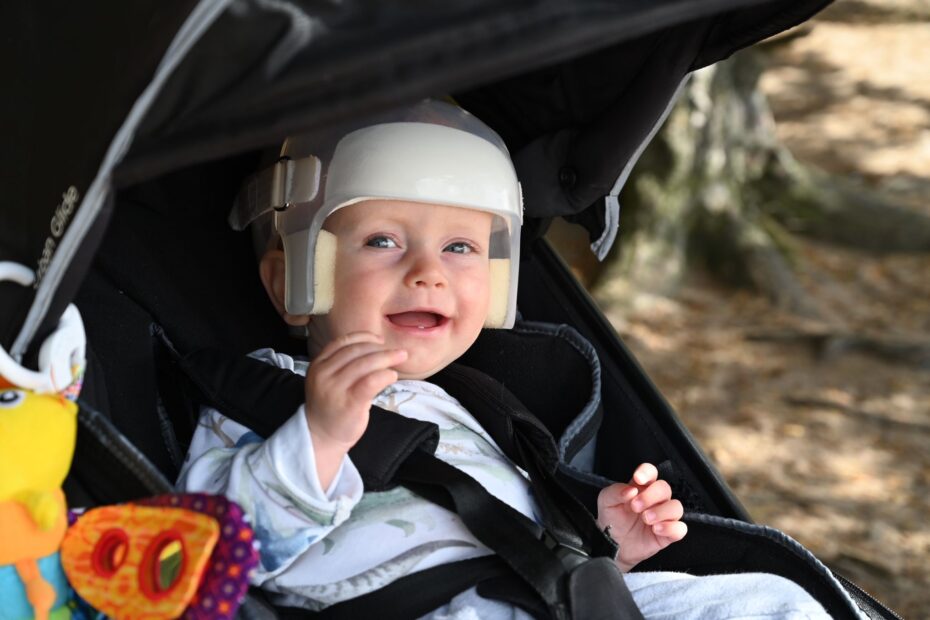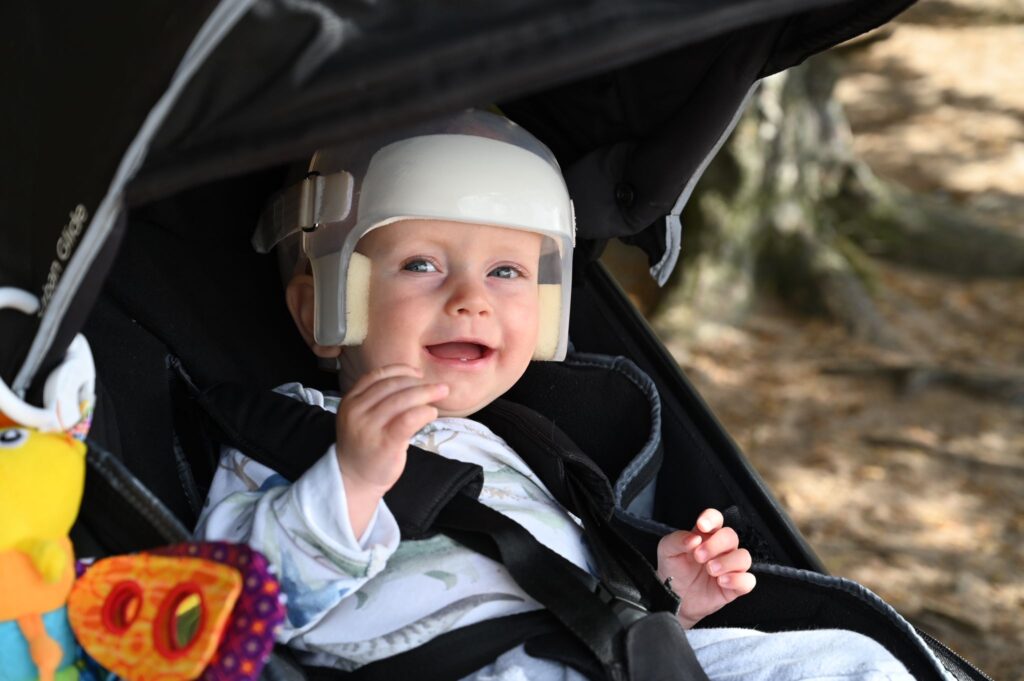
The NHS Greater Glasgow and Clyde Craniofacial Team at the Royal Hospital for Children have introduced a Scotland-first approach to Craniosynostosis surgery in babies less than four months old.
Parents now have the option to choose a shorter minimal access early surgery for their child, where previously they only had the option of an average six-hour long surgery. That’s a 400% decrease in time that their child needs to be in theatre.
The skull is normally formed by multiple different bones. A suture is the junction between these different bones. Craniosynostosis is a condition where a baby is born with one or more of the sutures of their skull fused together. This early suture closure can cause the skull to grow in an unusual shape and, at times, restrict overall skull growth which may be harmful to the fast-growing brain within the first few years of life.
The Scottish National Centre of Craniofacial Surgery for Children and Young People is the designated centre to manage children born with Craniosynostosis and other craniofacial conditions and is based at NHS Greater Glasgow and Clyde’s, Royal Hospital for Children.
Prior to this year, the only surgery option to treat Craniosynostosis for babies was an open skull vault remodelling. While this procedure continues to be an effective surgery routinely done around six to 18 months, it takes a full day in the operating theatre, requires an ear-to-ear incision, parts of the skull to be removed and re-attached surgically, large volume blood transfusions, a night in the Paediatric Intensive Care Unit (PICU) and one week stay in hospital.
In March 2023, Mr Halsnad and Mr Sangra performed Scotland’s first minimal access endoscopic surgery to manage a Craniosynostosis baby. Since then, they have carried out six other surgeries like this. All babies required just one, or two, days in hospital and will partake in 12 to 18 months of helmet therapy to gently mould the shape of their skull. This aspect of therapy is headed by Mr Mel Dixon, Chief Orthotist at the Royal Hospital for Children, Glasgow.
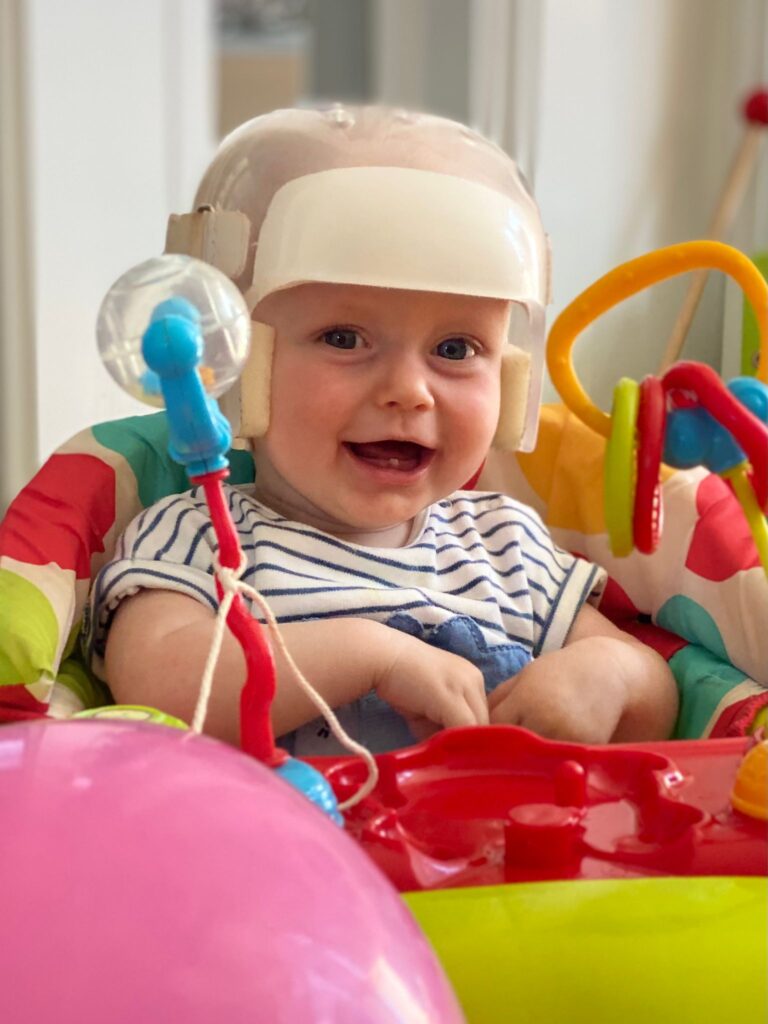
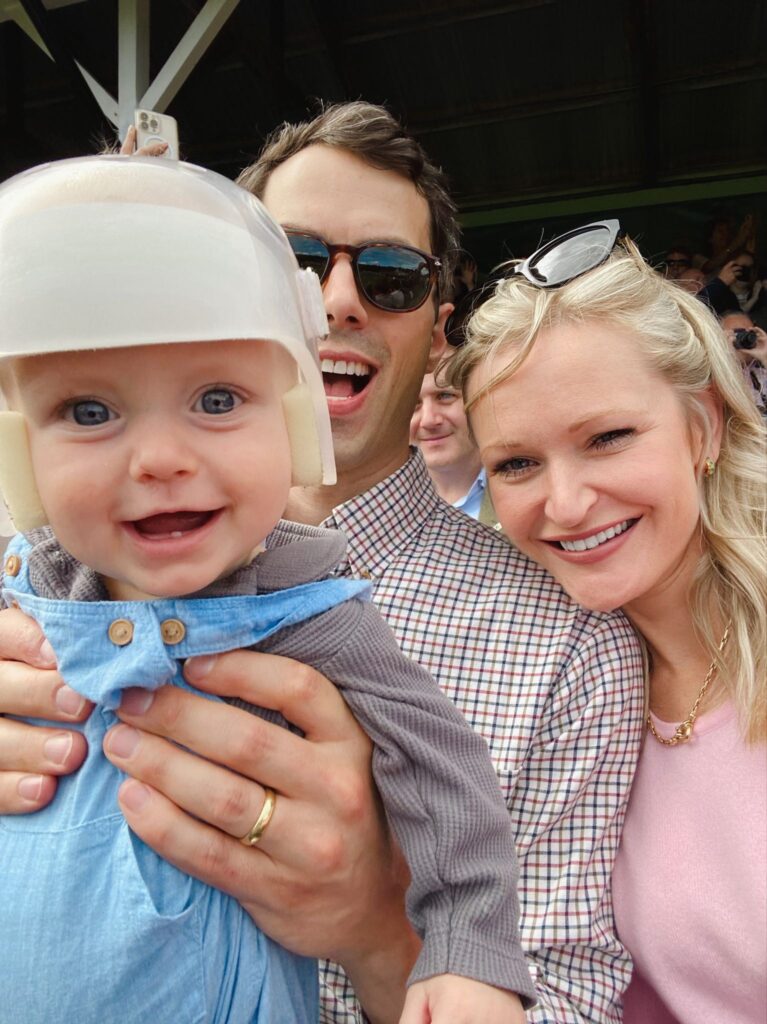
Edward Richards is one of seven babies in Scotland to have received the minimally invasive early access surgery. He had the procedure in April 2023 when he was 12 weeks. His mum, Alexandra Richards, explained how Edward’s Craniosynostosis was detected.
“When Edward was born, his head shape didn’t seem quite right. At that point we were told that baby’s heads come in all shapes and sizes, but we kept an eye on it. Our health visitor was fantastic, and she monitored it very closely. At five weeks, she referred us to a GP, and we were pushed through quite quickly to a neurosurgeon appointment. We had never heard of Craniosynostosis or how we could help Edward until our options were presented to us.”
“Early detection is so important as that provided me and my husband, Jack, with surgery options. We are fortunate enough to have caught this prior to the four-month mark.
“It was made clear to us that we had options. We could consider the endoscopic approach, or the full head reconstruction. There were pros and cons to both but, ultimately, it was very clear that if we were willing to be compliant and commit to the helmet therapy after the operation, then that was the best option for our family.
“That was best for us because it’s a less intense operation. It’s a much faster operation. It means less time under general anaesthetic, but the biggest difference for us was that it didn’t have the blood loss that comes with the full head reconstruction, that they need to replace do a blood transfusion.
“We knew he would be okay either way, but the advantages for us with the minimally invasive approach really outweighed the full head reconstruction.”
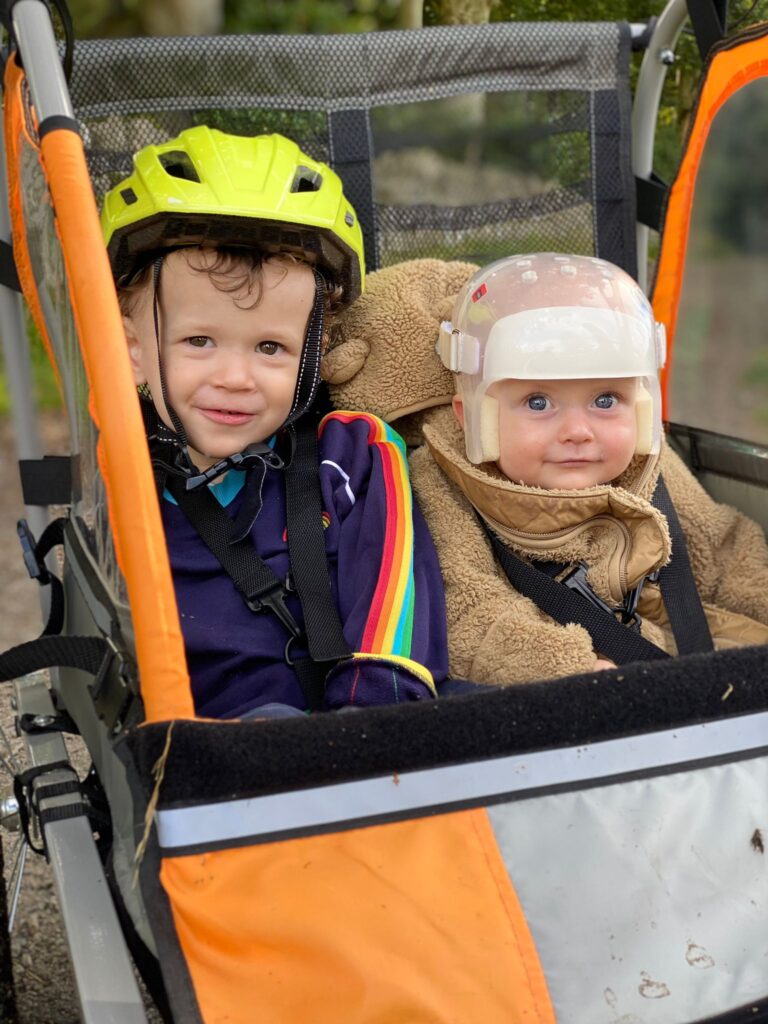
Mr Halsnad added why this surgery is a gamechanger for babies under four months, their families, and for the service regarding care, time, and outcomes.
“Shorter craniofacial operations are likely to have less complications and better long-term outcomes when compared to more extensive longer surgeries. In addition to the benefits for the children and their care, we’re able to free up surgery theatres and PICU beds that are no longer required, as well as avoid blood transfusions,” he said.
Importantly, he highlighted that success also comes down to the early referral of patients to the centre.
“This new procedure does require a very early referral of all Craniosynostosis cases in Scotland so that the team can assess the baby by six weeks old. If suitable, we can then proceed for the surgery within three to four months age. This is a message that we really want to highlight to all the Scottish clinicians who refer craniosynostosis cases,” said Mr Halsnad.
